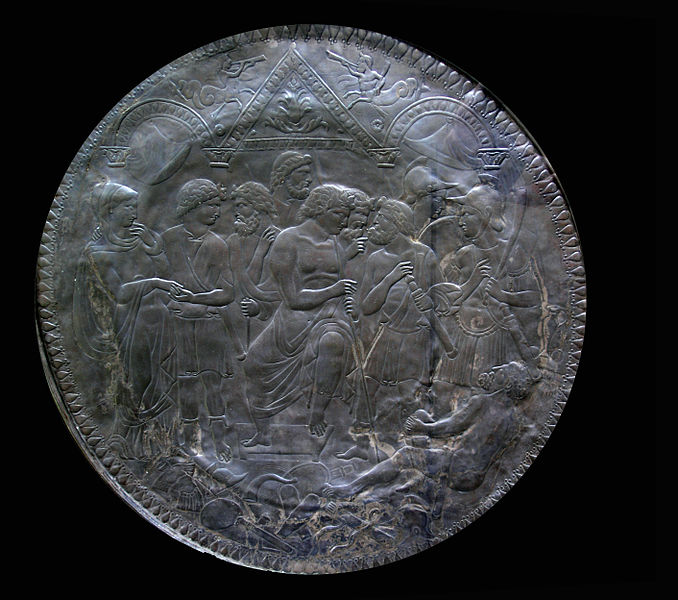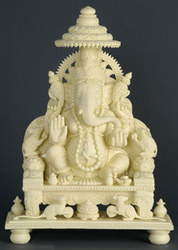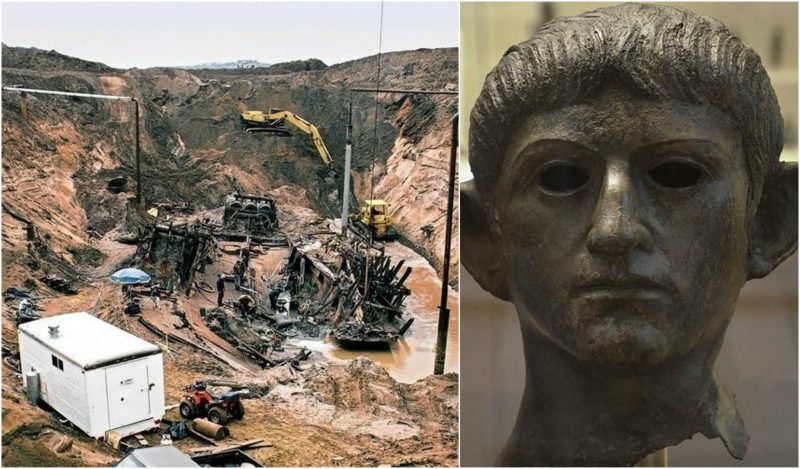
There are many treasures that a person can find in a river or ocean. Sometimes those treasures can be nothing but garbage, and then there are other knickknacks that can prove to be quite valuable. If items have been washed away by the river, they may not be found until thousands of years later. Here is a list of the top items that have been found in a river:
-
Claudius’ Head in the Alde
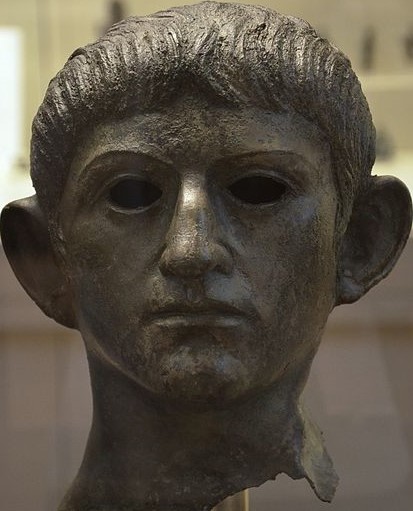
Bronze head of Emperor Claudius found at the River Alde at Rendham, near Saxmundham, Suffolk, British Museum.source
In 1907, a boy had pulled something spectacular out of a river. He took the item to his local antiquary. From then on, the excitement of his find never has died down. What is interesting to the archaeologists is that the way the head of Emperor Claudius was found – it seemed to have been hacked off. To add to that, the statue had a blow to the back of the head as if someone had committed murder on the stone object.
The archaeologists added that it seemed the Roman statue had been ritually slaughtered and the head was dedicated to a Celtic river god. They believe the statue was part of Boudicca’s revolt in 61 AD when Colchester with its Temple of Claudius was overrun by British savages.
-
Silver Plate in the Rhone
In 1656, a fisherman was on the banks of the Rhone River. As he pulled in his net, he noticed that something round, in the shape of a plate, had been caught in the net. It was thick with hardened mud.
On that same day, a silversmith had been present and had bought the find for a large sum. He ended up taking it home and cleaning it up and polishing it. He found that the item was made of pure silver. Knowing just how valuable it was, he cut it into four pieces and disposed of it at different times. That way, no one could trace the plate back to him.
One piece was sold at Lyons to Mr. Mey, who was a well-educated, wealthy merchant. After great effort, Mr. Mey tracked down the rest of the pieces and had them rejoined. The treasure was finally put in the cabinet of the King of France. The object was named Scipio’s shield and was dated to the 4th century AD.
-
A Steamboat in the Missouri River

Source: Arabia Steam Boat Museum
In 1987, a 19th-century steamboat named The Arabia was found in a field just off the Missouri River. Nearly 150 years after it ended up there, the excavation of the boat proved to be difficult due to the river water pouring in as the excavators dug down. One excavator was even nearly killed.
Taking only 10 minutes to sink and with no casualties, the boat eventually disappeared into the mud of the river. Nearly 700 items from the river are on display at a special Arabia museum. The boat stands as one of the most impressive finds from frontier America.
-
A Tank in the Neva
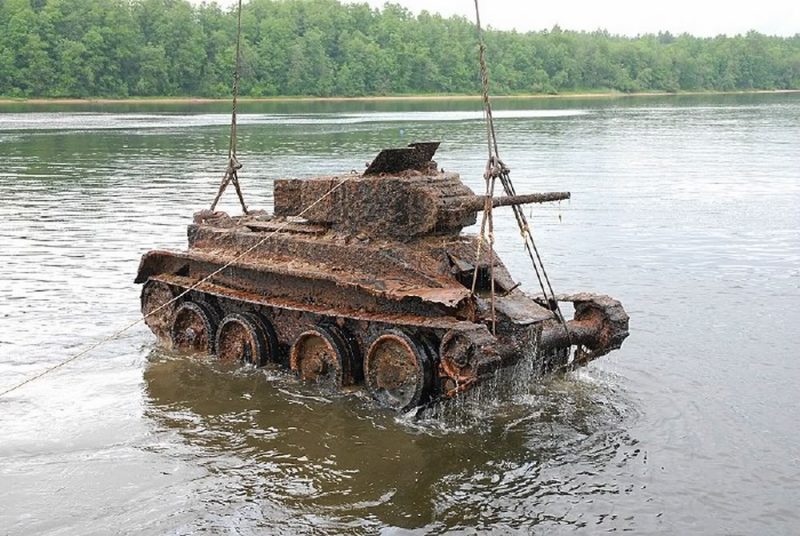
Source Imgur
The tank was a BT-5 and one of the most impressive Soviet tanks from WWII. The question is, how did the tank get into the river? After further investigation, it appeared that no one had been in the tank when it sunk. It also did not look like it suffered from any damage from enemy fire. One of the most reasonable theories is that the Soviets had seen their enemy and decided to leave on foot, but not before they sunk their tank so it couldn’t be used.
-
Hindu finds from the Thames
Many valuable artifacts have been uncovered from the Thames, including brooches, medieval pilgrim badges, 17th-century tin-glazed tiles, an 18th-century mini portrait, and an early 20th-century handgun.
One of the most interesting and valuable pieces is a Hindu statuette that was dredged up from London’s river. How did the statue end up in that river? Some have suggested it must have belonged to an underground Hindu cult from medieval London, however, that’s not quite the case. The best estimate for dating the objects is from the 1880s to 2000.
London’s modern Hindu community may have been using the Thames as a surrogate to the Ganges, where they throw their gods after a series of rituals that they have been carrying out since pre-Christian times on the banks of a waterway.
